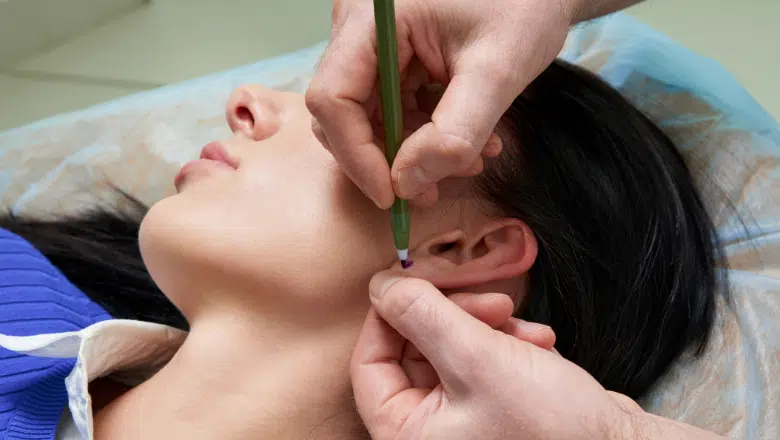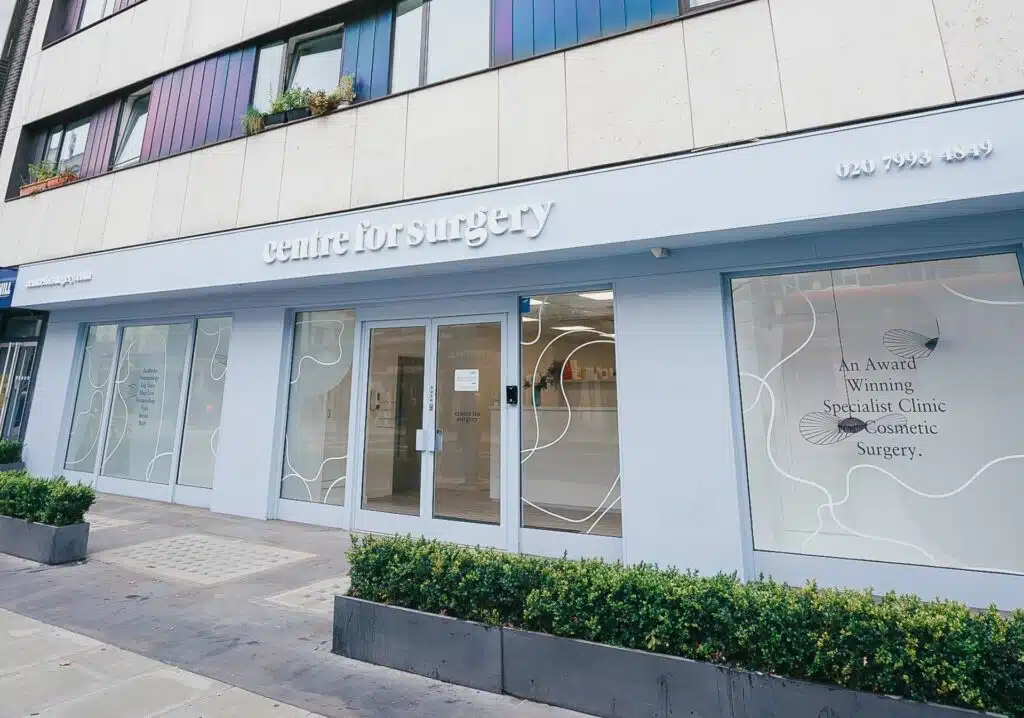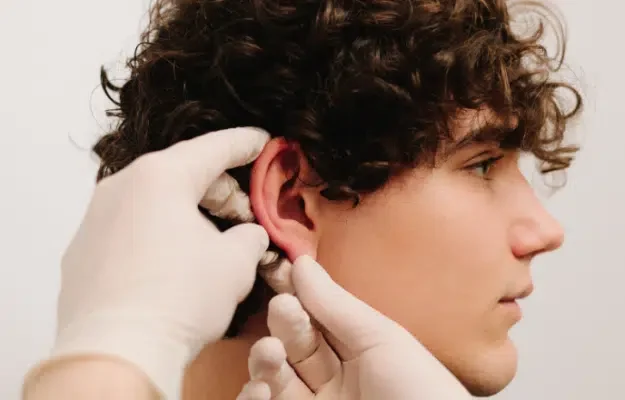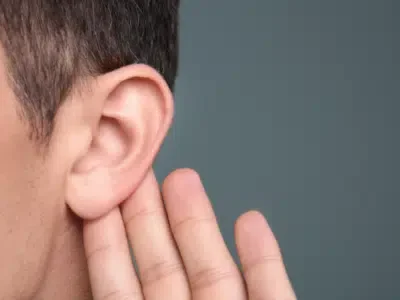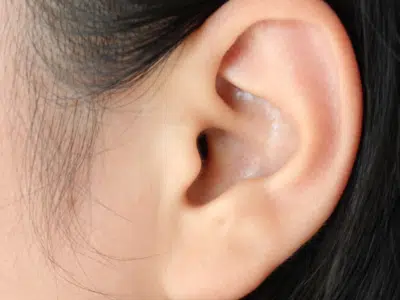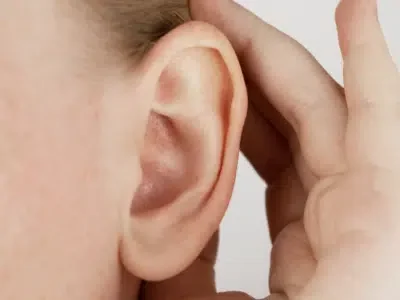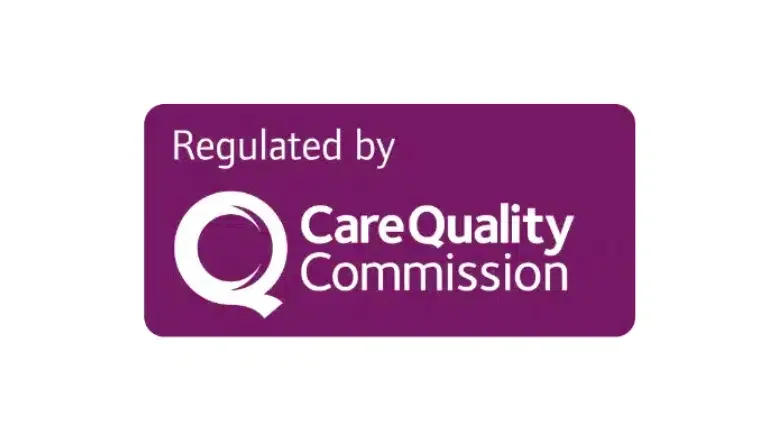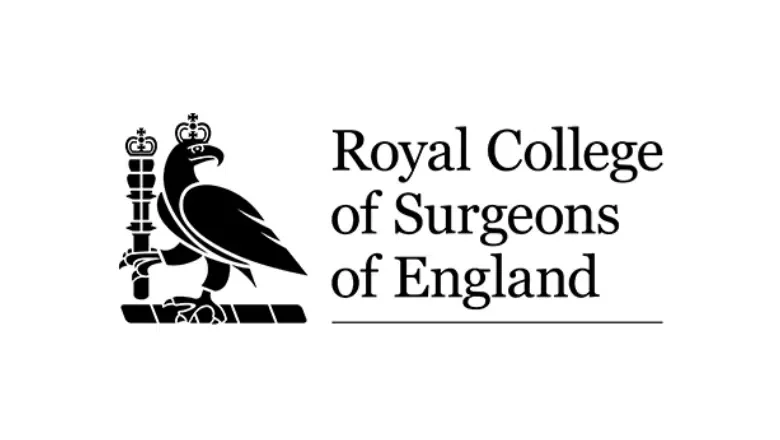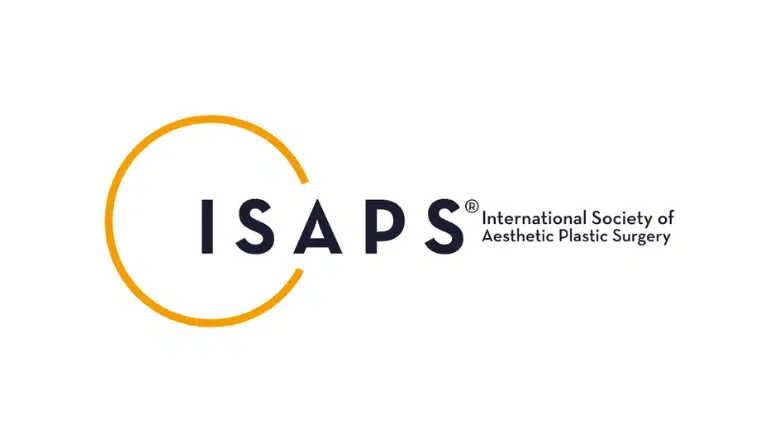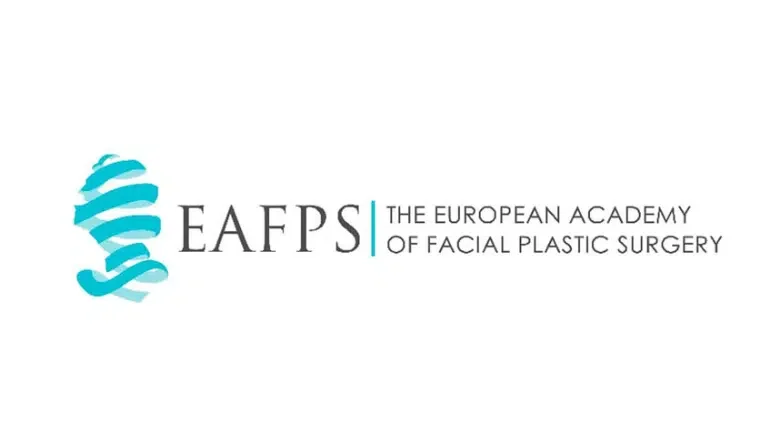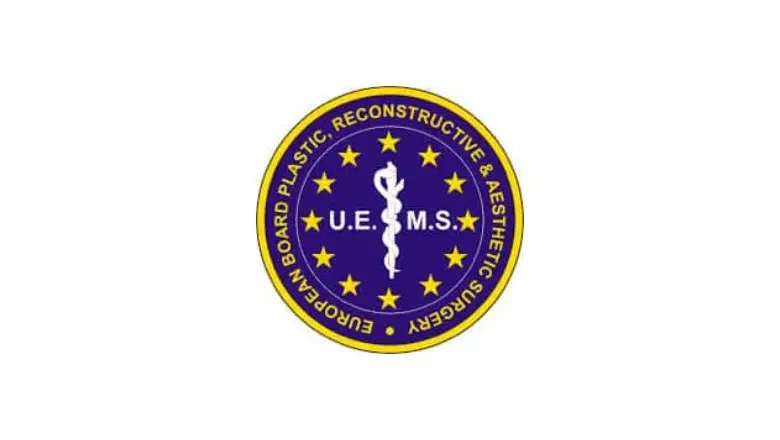Understanding Pixie Ears and Their Correction
Pixie ears describe a condition where the earlobe appears to merge with the skin of the face, giving the appearance of pixie-like ears. This phenomenon can be present from birth or may occur due to wound contraction. However, it is more frequently seen as a consequence of poorly performed facelift procedures. When a facelift is done incorrectly, excessive tension in the skin can pull the earlobe, causing it to stretch and blend unnaturally with the facial skin, leading to the characteristic look of pixie ears.
RELATED: Can My Ear Shape be Corrected?
The development of pixie ears often stems from the application of too much tension during a facelift, which alters the natural position and appearance of the earlobe. This excessive tension can distort the earlobe’s shape, making it seem as though it is part of the face rather than a distinct feature.
Fortunately, pixie ear correction is a viable solution to this problem. This procedure can restore the earlobe to its natural position and appearance, effectively reversing the unintended effects of the previous facelift or addressing congenital pixie ears. Through careful surgical intervention, the earlobe is reshaped and repositioned, allowing for a more natural and aesthetically pleasing look.
RELATED: Can I Get A Facelift Twice?
Am I a Suitable Candidate for Pixie Ear Correction?
Pixie ear correction is an excellent option for individuals who have earlobes that lack shape and appear to merge with the skin of their face. This condition can be congenital, meaning present from birth, or it may develop as an unintended outcome of a facelift. If you find that your earlobes blend into your facial skin without distinct separation, this procedure could be beneficial for you.
RELATED: Benefits of Ear Reshaping Surgery
To be eligible for pixie ear correction surgery, candidates must be at least 18 years old. This age requirement ensures that the individual is fully developed physically and can give informed consent for the procedure.
The first step in determining your suitability for pixie ear correction is to schedule an initial consultation with a qualified surgeon. During this consultation, the surgeon will assess your earlobes and facial structure, discuss your medical history, and understand your aesthetic goals. This evaluation will help the surgeon decide if you are a good candidate for the procedure and what specific approach will best address your needs.
What Does Pixie Ear Correction Involve?
Pixie ear correction begins with the administration of a local anaesthetic. This ensures that you will not experience any pain or discomfort throughout the procedure.
There are several surgical techniques available for pixie ear correction. The specific method used will depend on analysing your earlobe and whether you have previously undergone a facelift. One of the more common techniques is minimally invasive and involves removing the scar tissue resulting from a previous facelift. This allows the surgeon to reposition the earlobe into its correct location. Although this method necessitates new incisions, the resulting scars will be discreetly placed around the ear and cheek, making them less noticeable.
The entire procedure typically takes between 40 to 60 minutes to complete.
In some cases, patients may be dissatisfied with the results of their initial facelift. For these individuals, a repeat facelift can be performed to enhance the overall appearance of the face and simultaneously correct the pixie ears. However, if you are content with your initial facelift, the minimally invasive technique solely focused on correcting the earlobe may be the preferable option.
RELATED: Benefits of Earlobe Reduction Surgery
What Is the Recovery Period Like for Pixie Ear Correction?
Pixie ear correction is typically performed as a day-case procedure, meaning you can go home once the surgery is complete.
In the initial days following the surgery, you may notice some redness and swelling, particularly around the incision area. Applying an ice pack to your ears can help alleviate pain and reduce swelling, which in turn can speed up your recovery period.
Dissolvable stitches are used in this procedure, so there is no need for stitch removal. However, you will likely need to attend a follow-up session with your surgeon. During this appointment, the surgeon will monitor your healing progress, address any questions or concerns you may have, and ensure that your ears are healing properly.
To protect the healing incision sites and avoid any injury to your ears, it is important to avoid sleeping on your sides. Instead, you should sleep with your head elevated using multiple pillows. This position helps reduce swelling and promotes a faster recovery.
By following these guidelines and attending your follow-up appointments, you can ensure a smooth and successful recovery from pixie ear correction.
Why Choose Centre for Surgery?
Choosing the right clinic for your surgical procedure is a crucial decision, and at Centre for Surgery, we pride ourselves on offering unparalleled care and expertise. Here’s why you should choose us:
Expert Surgeons: Our team of surgeons is highly experienced and specialised in various fields of plastic surgery. They are not only well-trained but also stay updated with the latest advancements in surgical techniques and technologies to ensure you receive the best possible care.
State-of-the-Art Facilities: We are equipped with cutting-edge technology and modern surgical facilities. Our clinic is designed to provide a safe, comfortable, and efficient environment for both patients and staff, ensuring that all procedures are conducted to the highest standards.
Personalised Care: At Centre for Surgery, we understand that every patient is unique. We offer personalised treatment plans tailored to your specific needs and goals. From the initial consultation to post-operative care, our team is dedicated to providing you with individualised attention and support.
Comprehensive Services: We offer a wide range of surgical and non-surgical procedures, ensuring that we can meet all your aesthetic and reconstructive needs. Whether you are looking for a facelift, breast augmentation, or minimally invasive treatments, we have the expertise to deliver outstanding results.
Patient-Centric Approach: Your comfort and satisfaction are our top priorities. We ensure that you are fully informed about your procedure, recovery, and expected outcomes. Our compassionate team is always available to answer your questions and address any concerns you may have.
Safety and Hygiene: We adhere to the highest standards of safety and hygiene. Our clinic follows strict protocols to maintain a sterile environment, minimising the risk of infections and complications.
Convenient Location: Located in the heart of London on Baker Street, our clinic is easily accessible. We offer a welcoming and discreet environment where you can feel at ease throughout your treatment journey.
Positive Reputation: Centre for Surgery has built a strong reputation for excellence. Our patients consistently provide positive feedback and testimonials, reflecting our commitment to delivering high-quality care and exceptional results.
RELATED: Earlobe Surgery Near Me
Do you wish to have pixie ear correction? Contact Centre for Surgery today for more details, to see if you are eligible or to book a consultation with one of our surgeons.
